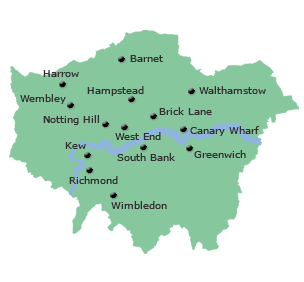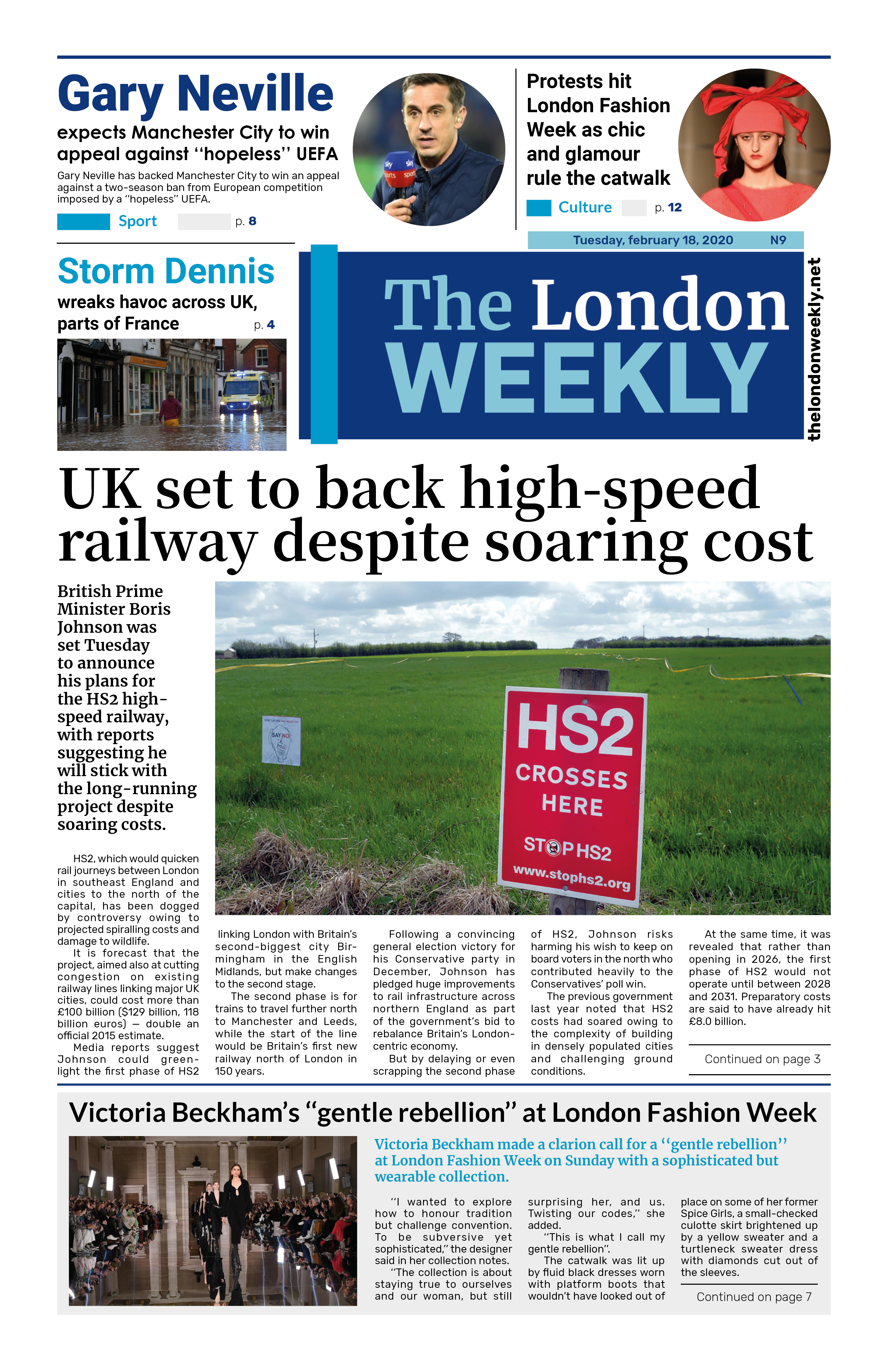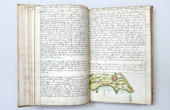
The UK economy expanded at its fastest pace in a year during the first quarter of 2025, driven by a surge in property purchases ahead of a tax break deadline and increased manufacturing
output in anticipation of new U.S. import tariffs under President Donald Trump.
Official data from the Office for National Statistics (ONS) confirmed that gross domestic product (GDP) rose by 0.7% between January and March—matching earlier estimates and marking the strongest quarterly growth since Q1 2024.
The ONS also revised March’s monthly growth figure upward, from 0.2% to 0.4%.
This sharp rebound followed tepid growth of just 0.1% in the final quarter of 2024. However, the outlook has already dimmed: GDP contracted by 0.3% in April, though that drop was attributed partly to temporary factors. The Bank of England expects more modest growth of around 0.25% in the second quarter.
Chancellor Rachel Reeves is banking on continued economic resilience to avoid further tax hikes later in the year as she works to stay within budget targets.
Thomas Pugh, chief economist at RSM UK, believes the recent softening in consumer spending and hiring may have been temporary, linked to the new employer tax and U.S. tariffs. “With uncertainty beginning to ease, consumer confidence is improving, and business indicators suggest the worst of the labor market pain is behind us,” he said.
A separate survey released Monday supported this optimism, showing employer confidence at its highest level in nine years.
The Bank of England is expected to lower interest rates two more times before year’s end, a move that could further bolster household spending. Still, the threat of rising energy costs—particularly if tensions escalate in the Middle East—could weigh on future growth.
In the first quarter, household spending grew by 0.4%, double the initial estimate, fueled by expenditures on housing, household services, and transport. The property market saw a flurry of activity ahead of the March 31 deadline for a tax incentive targeting certain homebuyers.
To finance their spending, households dipped into their savings, causing the savings rate to decline for the first time in two years—though it remained relatively high at 10.9%.
Manufacturing output also contributed, rising 1.1% during the quarter, as producers rushed to ship goods before the U.S. tariffs took effect in April.
However, the UK's current account deficit widened more than expected, reaching £23.46 billion between January and March, up from just over £21 billion in the previous quarter. Photo by Jim Goldsmith, Wikimedia commons.



































